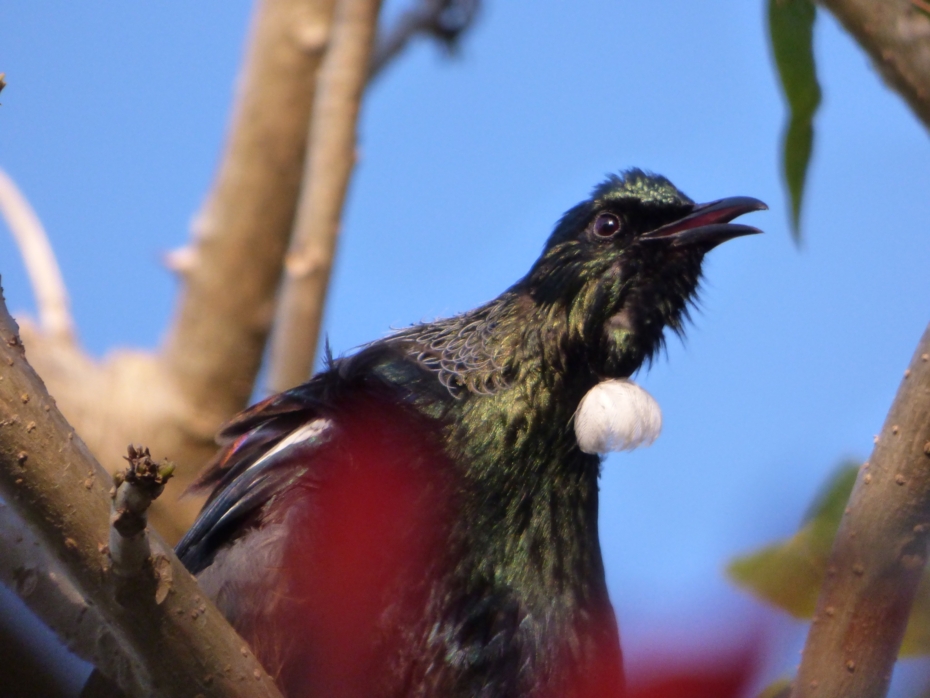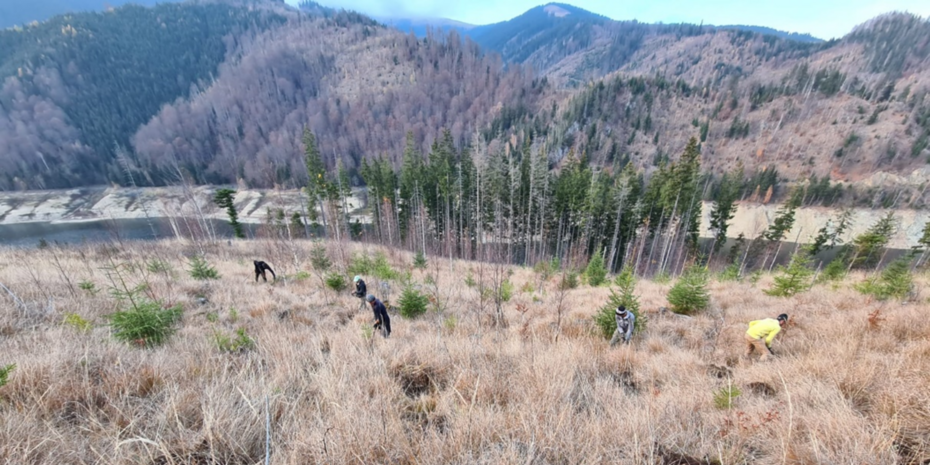
5.2 Data collection

Here inputs are the resources invested, which are usually counted as either staff, equipment, consumables,or money. Similarly, outputs of these investments might be recorded as material or legal products, such as the total numbers of hectares restored, or kilometers of fencing contructed, or numbers of public engagement events held. Inputs are rarely related to ecological outcomes directly, and often the relationships are either indirect and/or weak, but are assumed to be positive on a theoretical basis. By contrast, measures of impact are the gains in the ecological content or state of restoration projects,and should define the gains used to claim additionality relative to a scenario with no intervention and closer to the Reference Conditions. Inputs have dominated past environmental assessment because historically inputs were much simpler to document relative to biodiversity, but a variety of technologies now exist to collect and reproduce biodiversity information to a measurable scale.
Input and effort measures do still serve an important role, particularly during early phases of a project. At the start of the project the most relevant indicators of progress are those describing efforts made towards delivering planned project objectives e.g. the total number of seedlings planted, whether site suitable species were planted, if restoration actions were well accepted by local communities, how effective were administrative and governmental arrangements, etc.. Likewise, the ecological processes many restoration projects aim to recover have long time lags, and shorter-term indicators of success must therefore rely on other standardized output measures e.g. survival rate of planted seedlings (expressed in %), browsing damage rate (%) and restored area (ha).
While the objectives of ecosystem restoration are ultimately a social decision, ecological impact criteria may encompass a wide range of hierarchies from maintenance of genetic and species diversity , to improving the delivery and resilience of ecosystem functions and services. While the components and interactions needed for sustaining ecosystem dynamics, the design of the ecological monitoring conducted by SUPERB illustrates the main principles.
One of the keys to understanding ecological impacts is that, at any given place and time , environmental measurements and biological indicators reflect the effects of past processes over varying periods of time. Generally, organism size and life span determines the spatial and temporal scales of their responses to environmental conditions, and therefore different biotic groups (e.g. microbe, invertebrate, vertebrate) can be used to reflect different ecological processes. Measurements can therefore target a range of organisms, not only to demonstrate conservation outcomes, but to identify the nature of underlying functional changes operating at different times. It is for this reason that the SUPERB project constructed Reference models to guide restoration monitoring based on an array of criteria other than standard forestry inventories of trees. These included fungi, insects, birds, bats and subcanopy vegetation, as well as physical process indicators from the soil, and stand structure. Not all measures need to be collected with the same intensity, and thus as our understanding of ecosystem responses improves, we will better understand on how to adapt our monitoring practice to acknowledge the effects of disturbances events versus longer-term regional trends.
Related resources
Biodiversity credits: learning lessons from other approaches to incentivize conservation
Biodiversity credits are emerging for pro-environmental finance. We explore their impact, supply/demand, bundling, and safeguards, reviewing 34 pilots and lessons from offsets and carbon credits. Challenges include additionality, permanence, leakage, and making biodiversity marketable. Robust baselines, standards, and governance are needed to ensure quality and avoid past mistakes.
Assessment of initial success and restoration efforts
Assessment of initial success and restoration efforts is a monitoring protocol that includes qualitative and quantitative assessment of early stages of restoration success (1-2 years after establishment) and efforts made to achieve a successful restoration.




